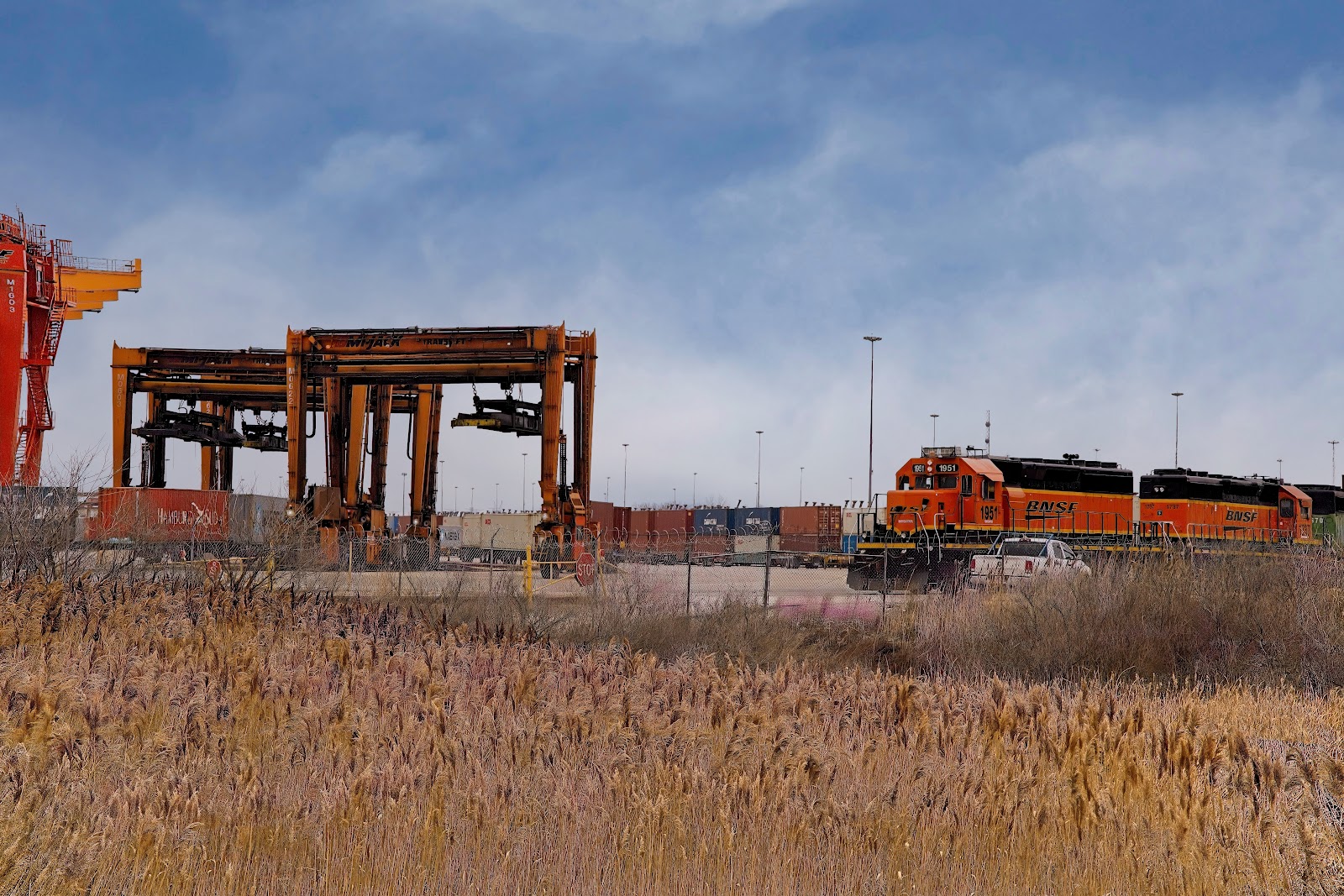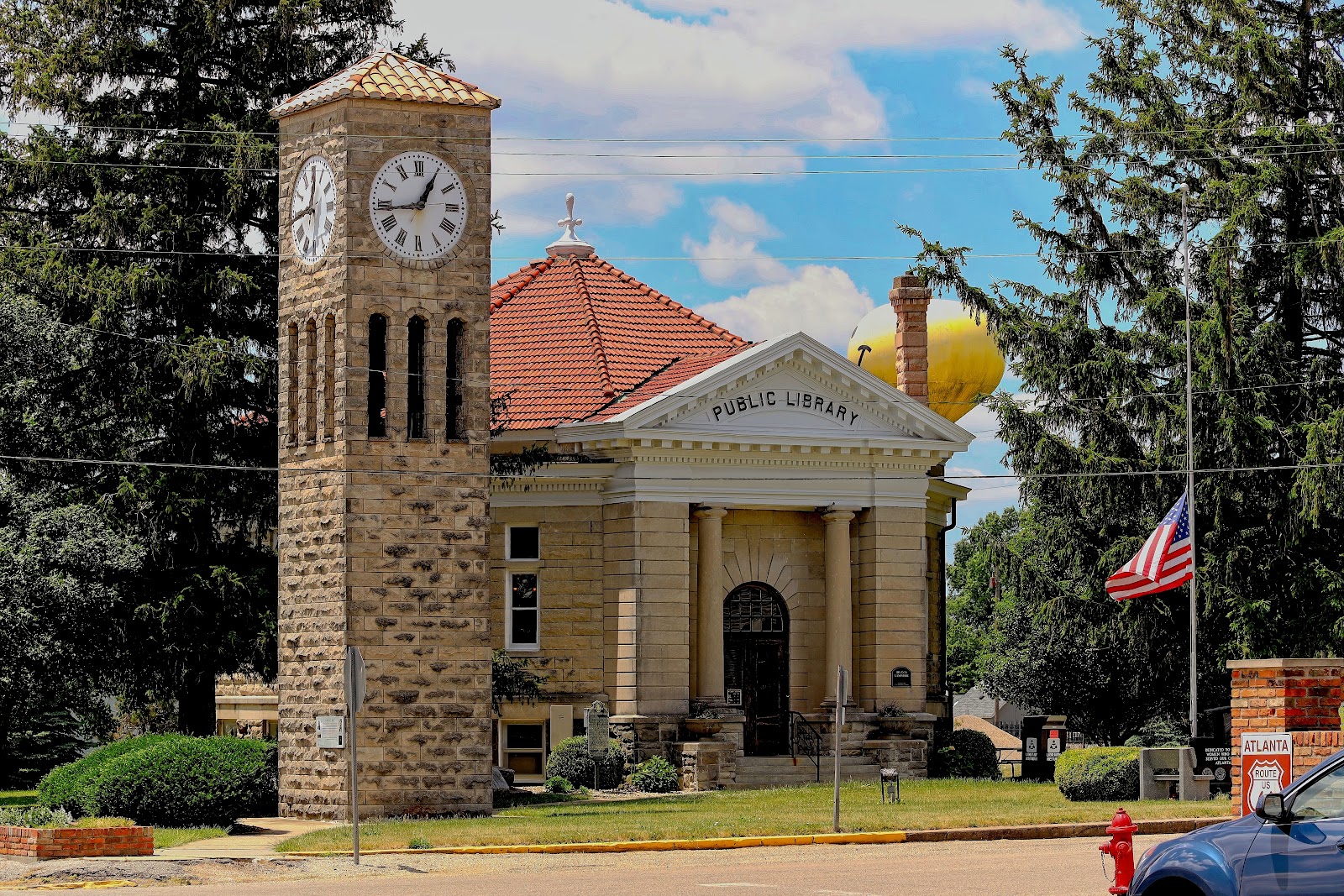Cornell Freeney on the German Wheel

One thing I miss about college men's basketball games is the halftime entertainment. For over 20 years, every game I covered as a photojournalist featured an exciting act. The Gamma Phi Circus was a yearly highlight at Illinois State University, captivating audiences with their dazzling performances. Sadly, if you only follow the games on social media now, you miss out on those unforgettable moments that brought the crowd together. Pictured - Cornell Freeney on the German Wheel





